Cane River Creole National Historical Park
The Cane River region is home to a unique culture; the Creoles. Generations of the same families of owners and workers, enslaved and tenant, lived on these lands for over 200 years. The park tells their stories and preserves the cultural landscape of Oakland and Magnolia Plantations, two of the most intact Creole cotton plantations in the United States.
To reach Oakland Plantation, take I-49 to Exit 127, Flora/Cypress. Head east on LA Highway 120 toward Cypress. Cross over LA Highway 1 onto LA Highway 494. The parking lot and entrance pavilion for Oakland is 4.5 miles east of Highway 1 on the left. To reach the grounds of Magnolia Plantation, take I-49 to Exit 119, Derry. Head east on LA Highway 119. Cross over LA Highway 1 and proceed for 1.1 miles. The parking area of Magnolia Plantation is on the right just before the road closure.
- Arts and Culture
- Food
- Picnicking
- Guided Tours
- Self-Guided Tours - Walking
- Junior Ranger Program
- Architecture and Building
- African American Heritage
- Enslavement
- Farming and Agriculture
- Plantations
- Laborer and Worker
- Animals
- Birds
Oakland Plantation Quarters
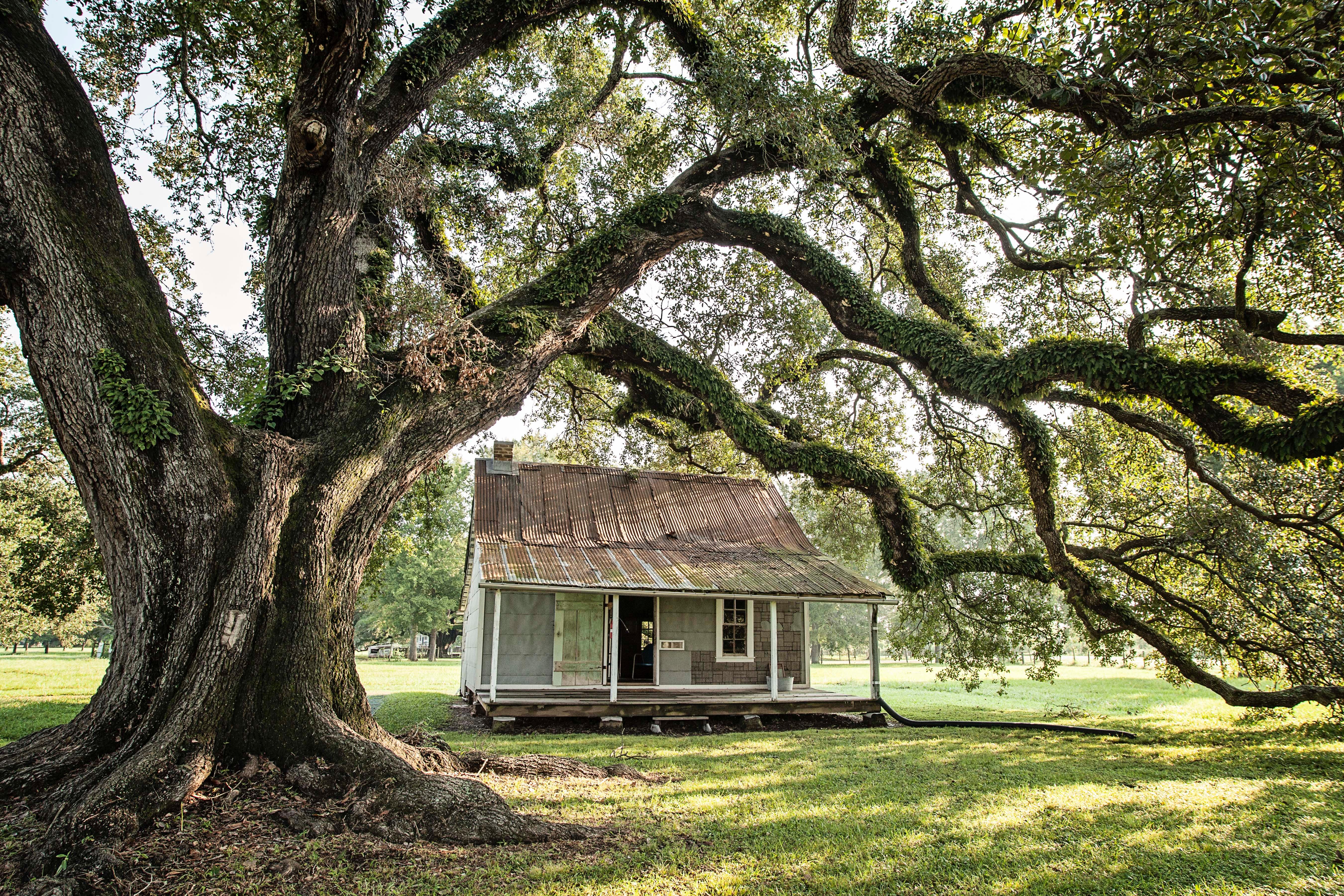
One of two remaining cabins built for enslaved workers on Oakland Plantation. The cabin was lived in by sharecroppers into the 1960s.
Magnolia Plantation Overseer's House
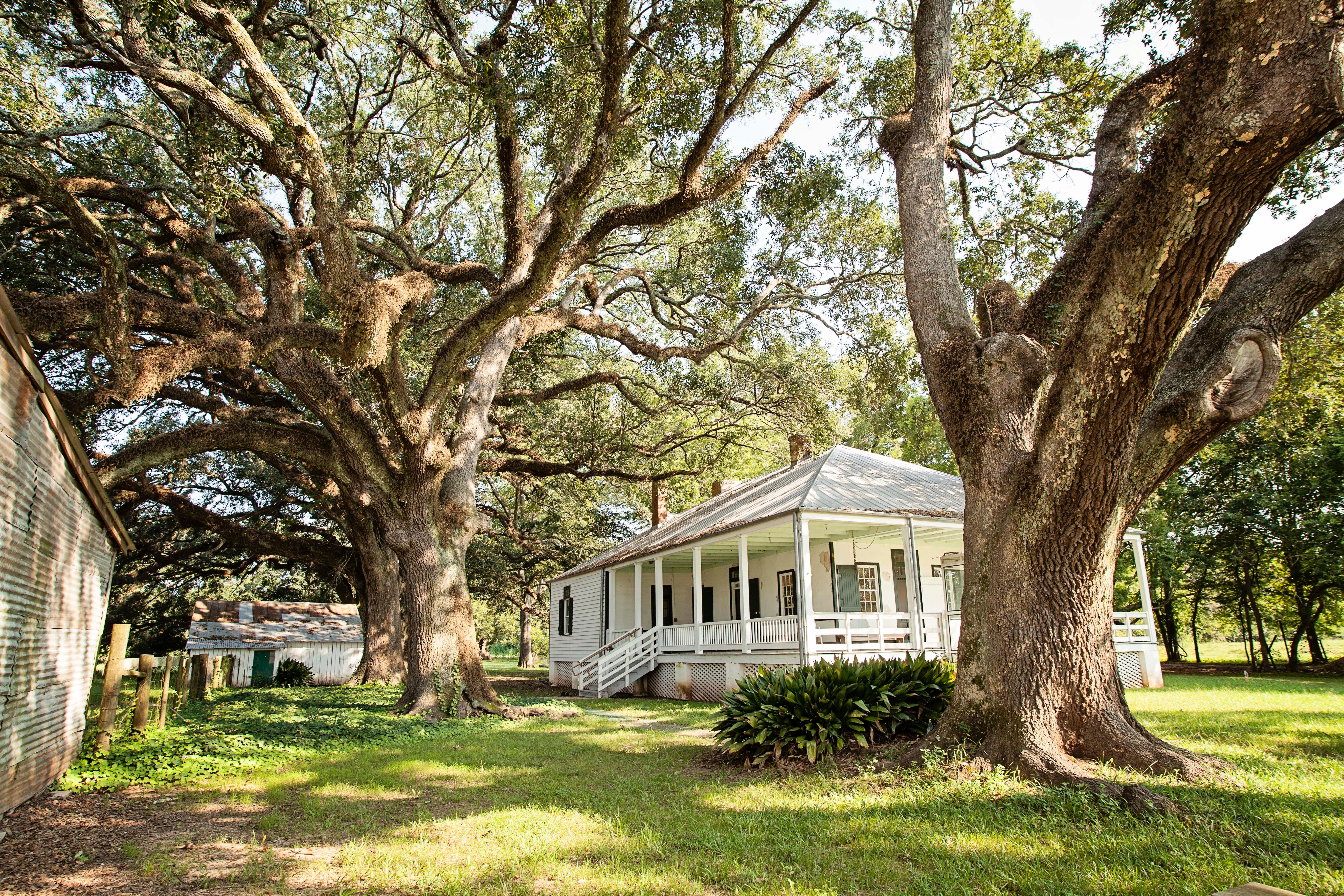
Originally built as a hospital for the enslaved workers on Magnolia Plantation, this raised Creole cottage also served as home to the plantation Overseer.
Live Oak Trees
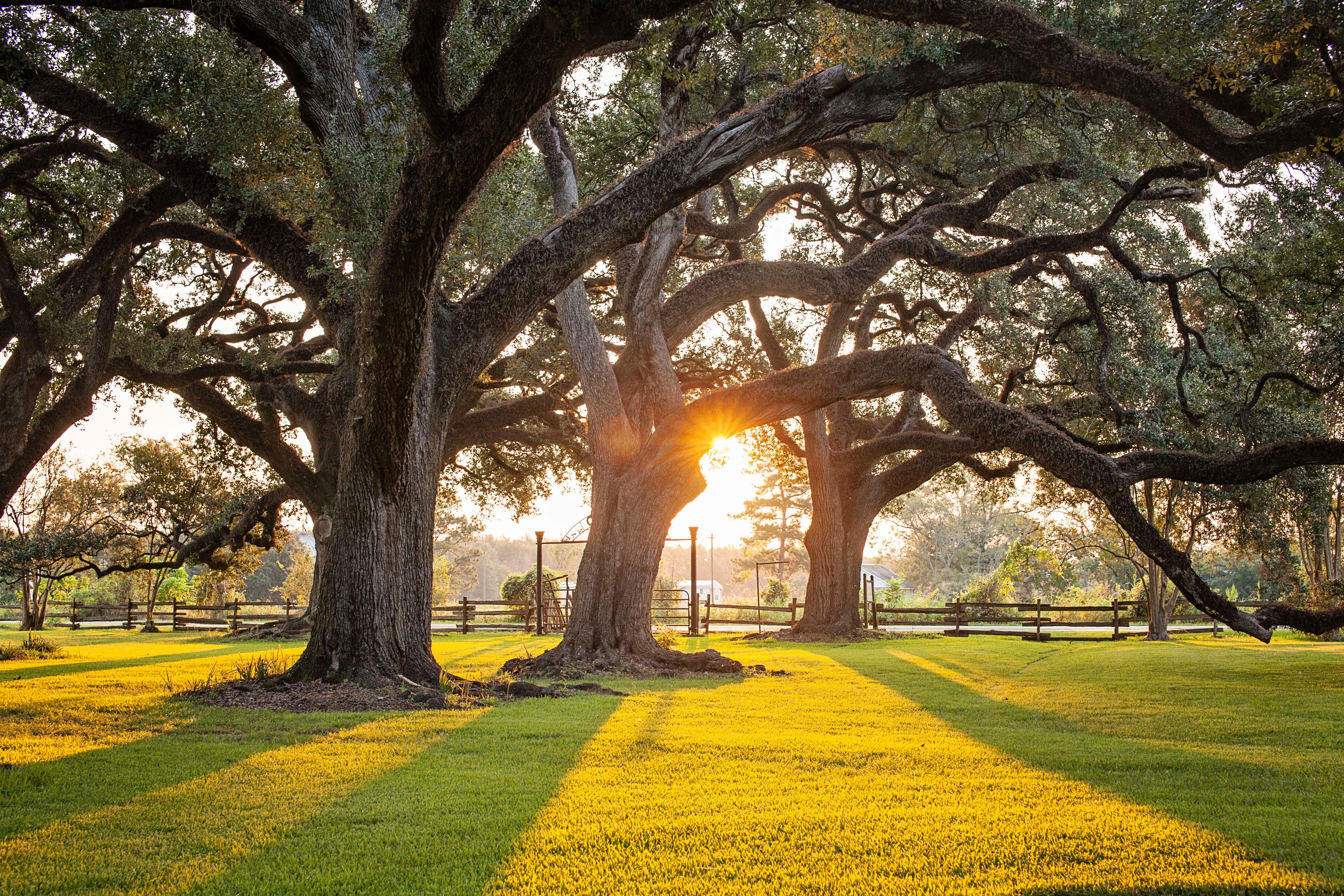
Live Oak trees at sunrise on Oakland Plantation.
Cabins in the Magnolia Plantation Quarters
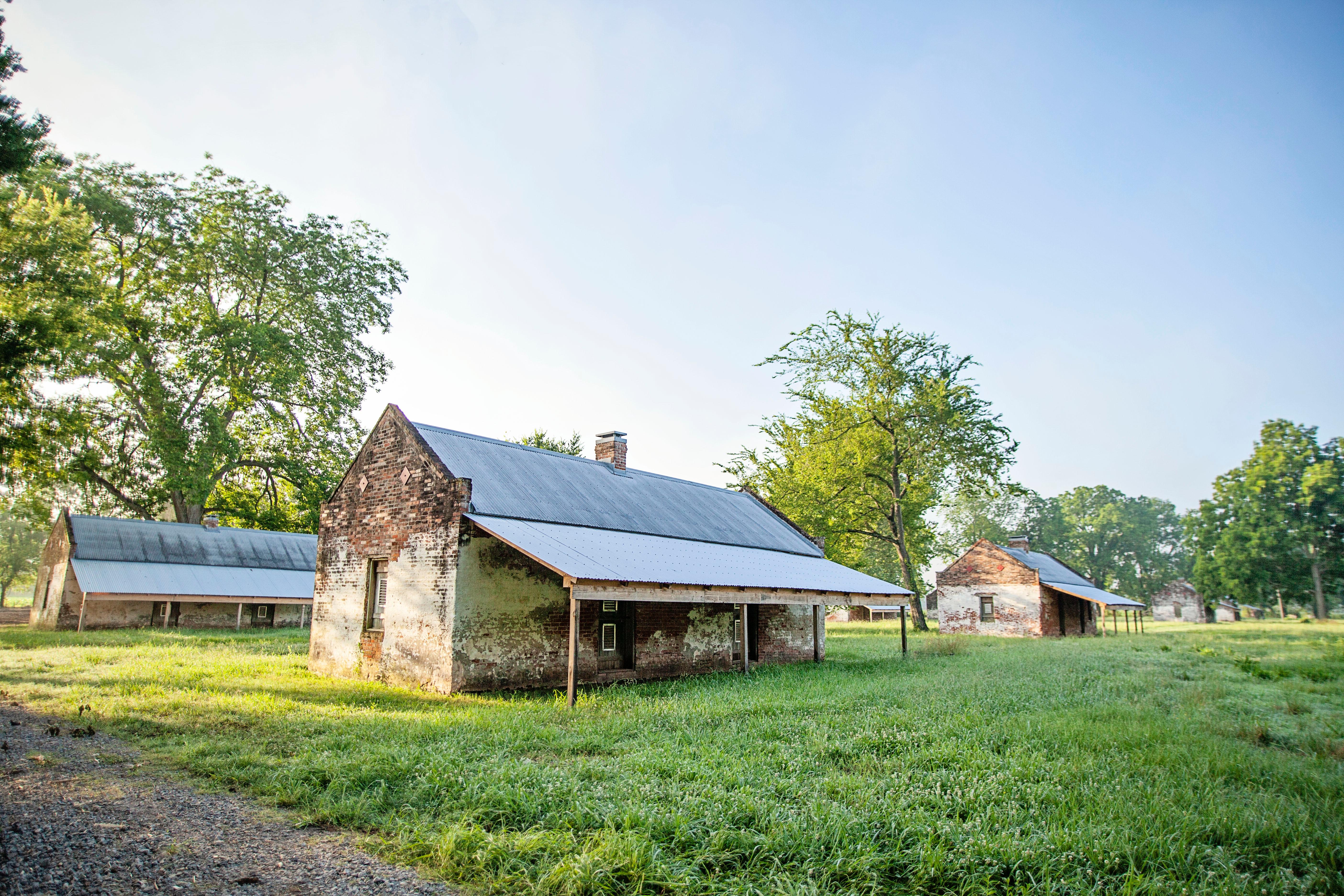
These brick cabins were built in the 1840s to house enslaved workers on Magnolia Plantation. Following Emancipation the cabins served as homes for tenant farmers.
Oak Allee
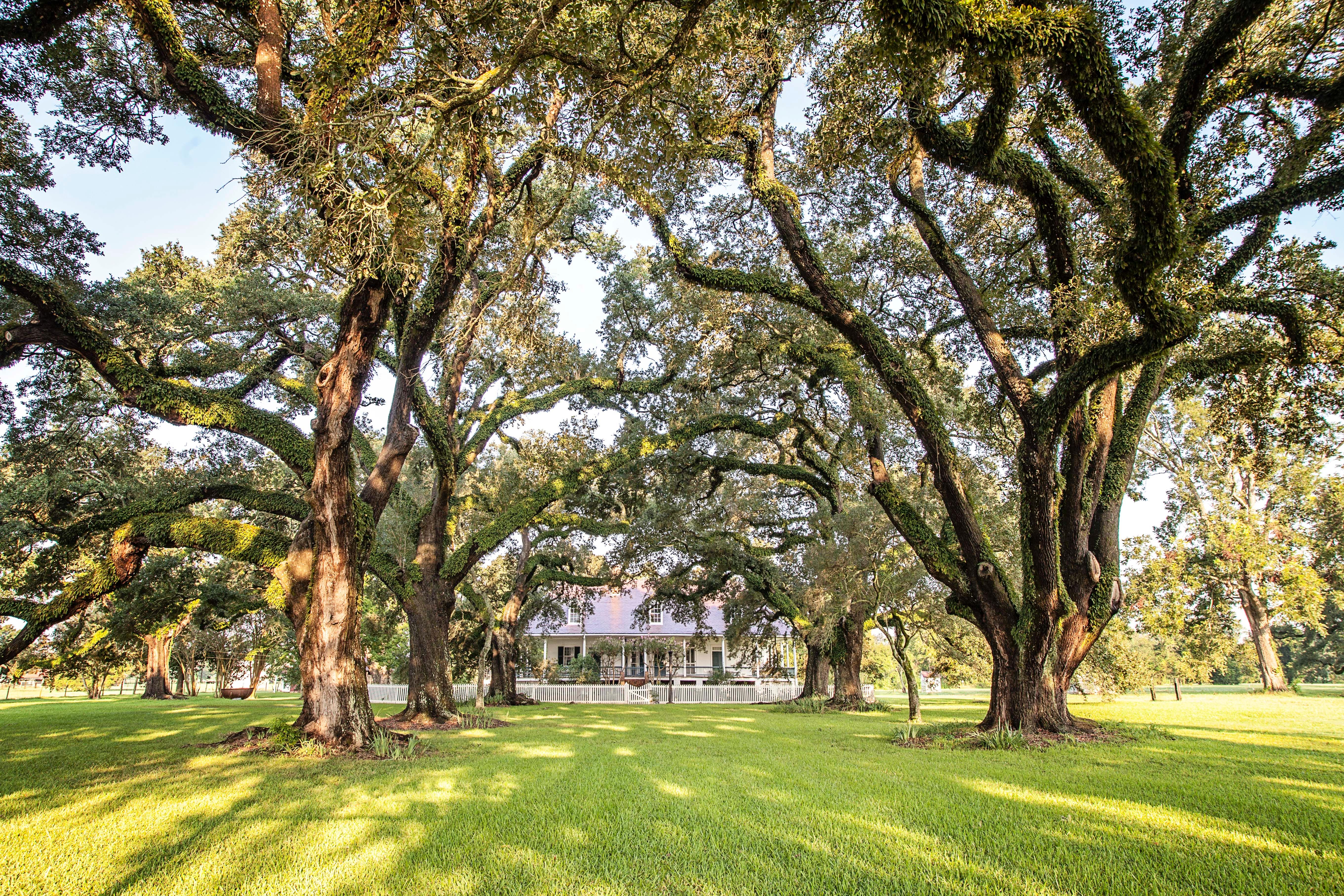
The Oak Allee, planted in the mid-1820s, stretches from the Cane River to the Oakland Plantation Main House.
Magnolia Plantation Cotton Gin and Press Barn
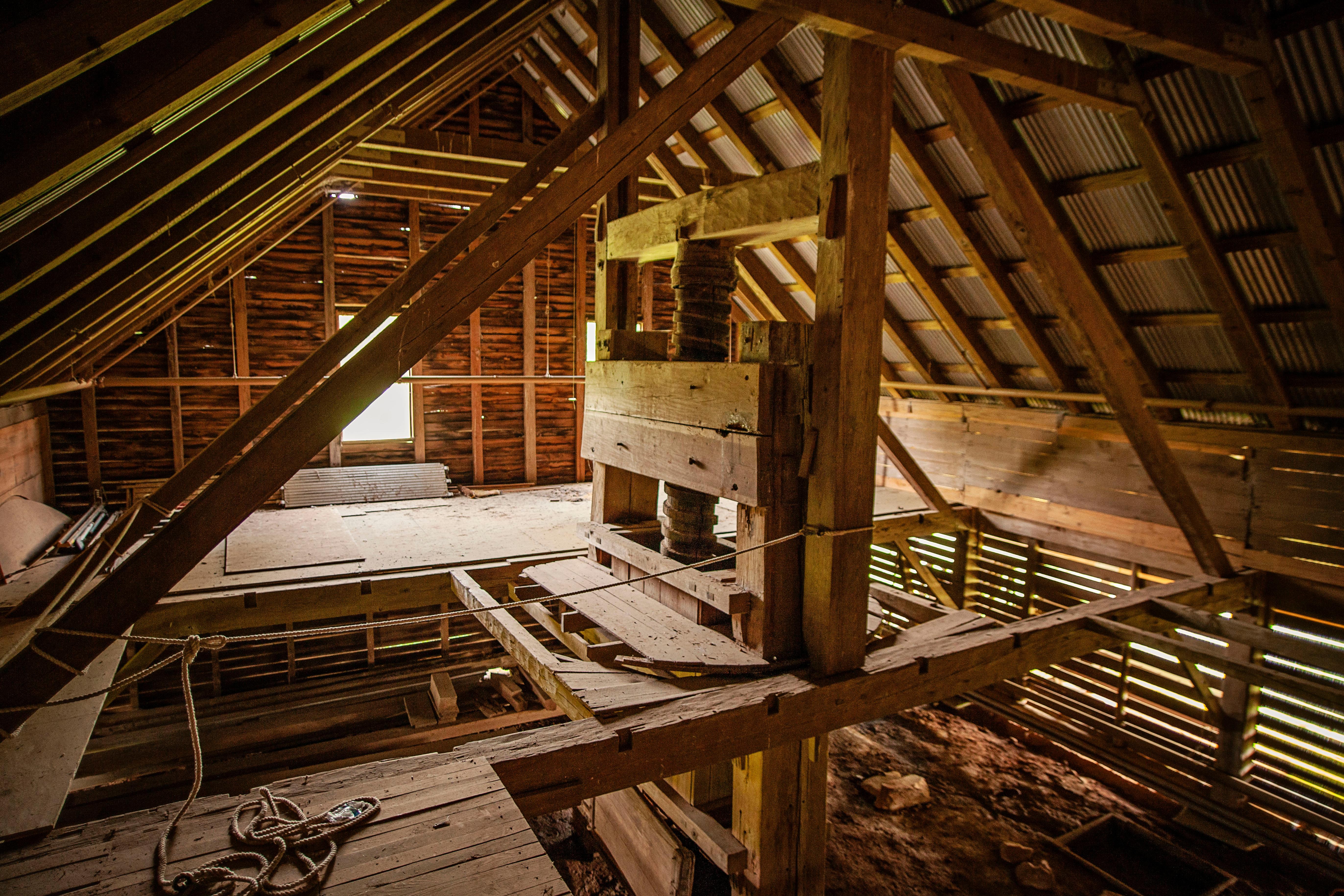
The Magnolia Plantation Gin Barn houses this rare wood screw cotton press.